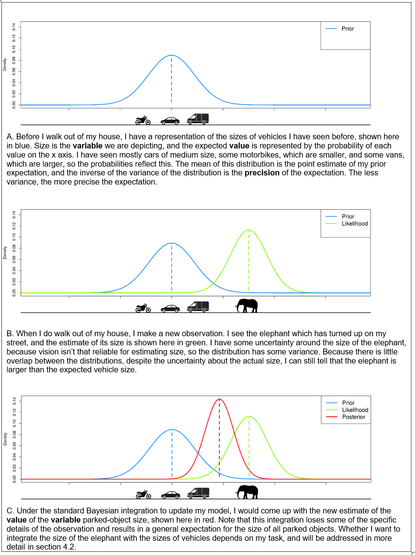The Dancing Brain: Exploring Enactive & Eco-Social Psychiatry for a Holistic Mind-Environment Connection
#EnactivePsychiatry #EcoSocialMind #ActiveInference #Neuroscience #MentalHealth #HolisticHealing #SensoryIntegration #PredictiveProcessing #DigitalPsychiatry #CulturalContext #EnvironmentalPsychology #BioSocioCultural #MentalWellness #SelfCreatingSystems #InnovativeTherapies



